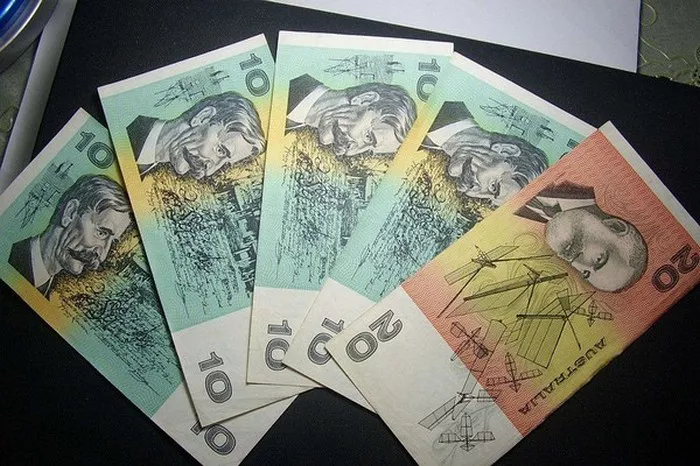In early Asian trading on Monday, the Australian dollar/US dollar was consolidating near the 0.6600 mark. AUD/USD benefits from a risk-on rebound in global markets. However, escalating geopolitical tensions in the Middle East could boost the safe-haven US dollar (USD) and could limit AUD/USD’s upside. AUD/USD is currently trading around 0.6595, with an intraday decline of 0.03%.
The U.S. Michigan consumer confidence index rose to 78.8, recording the highest level since July 2021. The University of Michigan’s current situation index (January) rose to 83.3, and the expectations index climbed to 75.9. Federal Reserve Board members entered a quiet period to prepare for their January meeting. Investors are waiting to see December’s core personal consumption expenditures price index (Core PCE) provide fresh stimulus for Fed policy. The PCE price index monthly rate and the core PCE price index annual rate are expected to increase by 0.2% and 3% respectively.
The United States continues to launch attacks on Houthi armed targets in Yemen. Iran has launched a missile attack on an alleged Israeli spy base in northern Iraq and struck another militant group in Pakistan, fueling fears of an escalation in the war in the Middle East. This could therefore boost safe-haven assets such as the US dollar and put pressure on the AUD/USD currency pair.
In terms of the Australian dollar, the Australian Bureau of Statistics (ABS) announced last week that the unemployment rate in December was 3.9%, lower than the expected 3.9% and the previous value of 3.9%. Meanwhile, the employment change in December was -65,100, versus the consensus estimate of 17,600, with 61,500 new jobs added in November.


